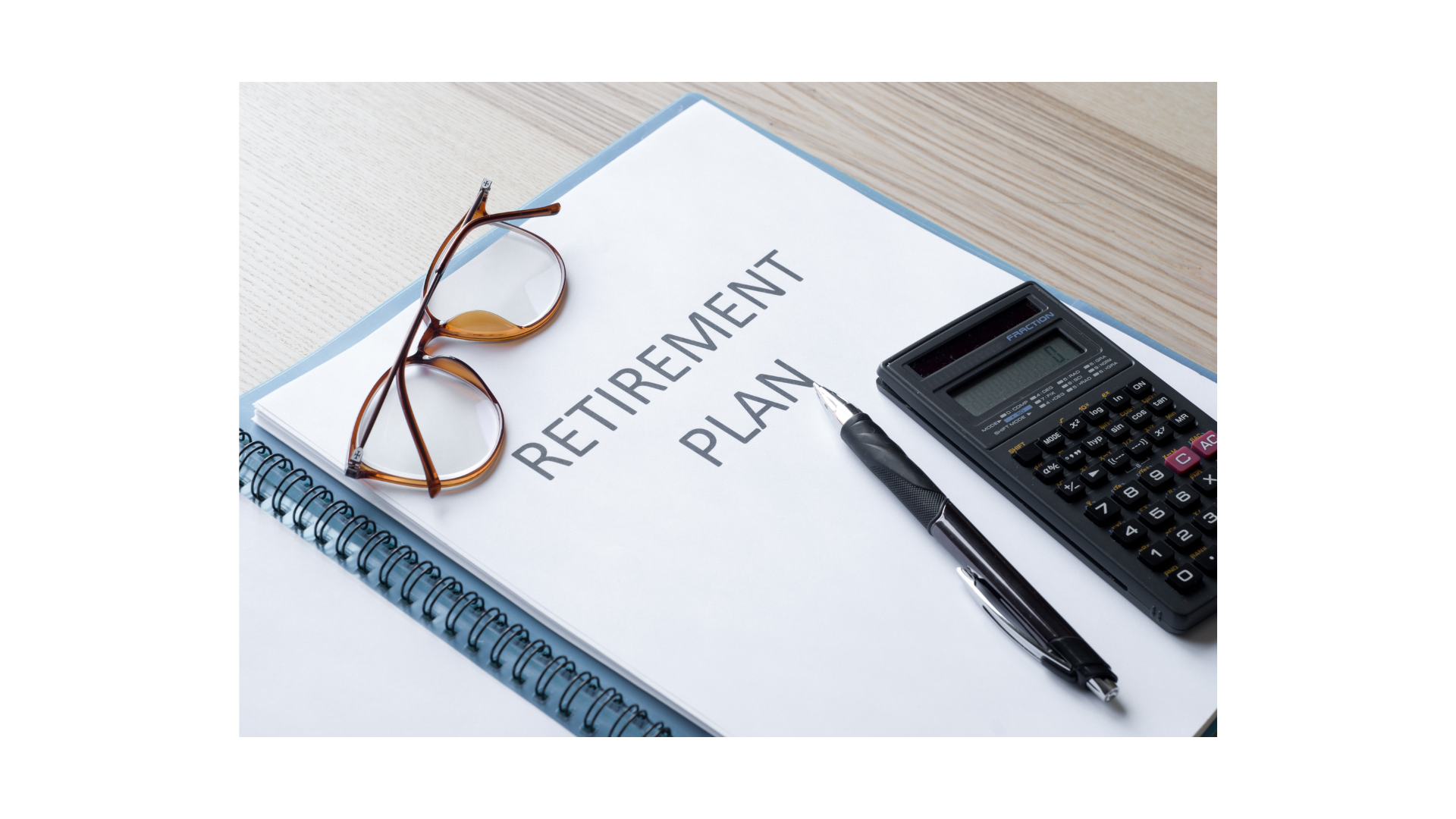Rx for Success
Preventive care strategies to help you deal with healthcare expenses in retirement
According to the 2021 Fidelity Retiree Health Care Cost Estimate, an average retired couple age 65 may need approximately $300,000 saved (after tax) to cover health care expenses in retirement. There are a number of factors behind this escalating cost challenge. In general, people are living longer and health care inflation continues to outpace the rate of general inflation. In addition, according to Gallup’s 2021 Economy and Personal Finance Survey, the average retirement age is 62, which is 3 years before the Medicare eligibility age of 65.
Of course, the amount you’ll personally need will depend on when you retire, how healthy you are, and how long you live. Whether retirement is a long way off for you, or it’s starting to get closer, it’s a smart move to start planning for health care costs.
Understand the Timing Trade-offs
As retirement nears, you will have several big decisions to make, including when to stop working, when to take Social Security, how to pay for health care, and how to generate cash flow from your retirement assets. These decisions are interconnected and could make a difference in your living costs and lifestyle in retirement — and when you can retire.
According to the Social Security Administration, approximately one-third of early retirees who claim Social Security at age 62 do so to help pay for health care expenses until they are eligible for Medicare coverage at age 65. But if you can postpone retirement or save enough to cover health care costs until 65, then you may be able to defer your Social Security benefits. Generally speaking, the longer you can wait until age 70 to take Social Security benefits, the more you can collect.
Save as Much as You Can
Now is the time to save as much as you can, especially if you are within 10 years of retirement. In 2022, you can contribute up to $20,500; if you’re age 50 or older, you can make an additional catch-up contribution up to $6,500, for a total contribution of $27,000. If you can’t save that much, just make sure you are saving enough to get your full employer match, if offered.
Take Advantage of a Health Savings Account
If you have access to a health savings account (HSA) through your employee benefits, they are a financially smart way to set aside money for expenses related to your health. Contributions reduce your taxable income, and earnings growth and qualified withdrawals are also tax-free. Many programs allow you to invest your HSA money once you hit a certain threshold. This makes it a great way to save for future health expenses during retirement. For 2022, you can contribute a maximum of $3,650 (individual coverage) and $7,300 (family). For those age 55 or older, the Internal Revenue Service allows an additional catch-up contribution of $1,000.
Sidebar: Rx Retrospective
Rx is commonly known as the symbol for a medical prescription. However, the symbol is derived from the Latin word recipe or “recipere,” which means “to take.” The word was later abbreviated and became Rx as we know it today.
This material was created for educational and informational purposes only and is not intended as ERISA, tax, legal or investment advice. If you are seeking investment advice specific to your needs, such advice services must be obtained on your own separate from this educational material.
Kmotion, Inc., 412 Beavercreek Road, Suite 611, Oregon City, OR 97045; www.kmotion.com
©2022 Kmotion, Inc. This newsletter is a publication of Kmotion, Inc., whose role is solely that of publisher. The articles and opinions in this newsletter are those of Kmotion. The articles and opinions are for general information only and are not intended to provide specific advice or recommendations for any individual. Nothing in this publication shall be construed as providing investment counseling or directing employees to participate in any investment program in any way. Please consult your financial advisor or other appropriate professional for further assistance with regard to your individual situation.











